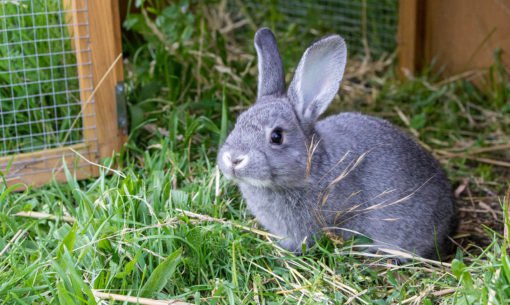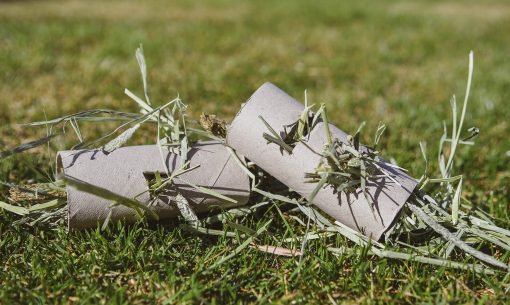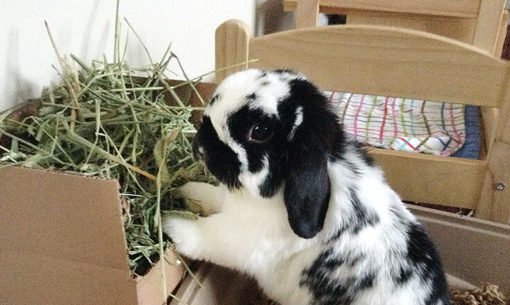Lesson 2 – Digestion – it starts in the mouth
Welcome back to Small Pet School, pet scientists! In this week’s lesson, we’re going to cover some exciting topics and there’s a really fun project at the end to complete.
- Fantastic food and how we use it
- Different teeth for different pets
- When teeth go wrong – what to look for
- Chewing – it’s not a race!
Fantastic food and how we use it
We all know about how enjoyable it can be to eat food but have you ever thought about how it helps our bodies to work? Food provides energy and nutrients that help our bodies to function – and it’s just the same for small pets. The difference is that small pets have evolved to use different food stuffs from us humans.
Small pets can be herbivores, omnivores or carnivores and each category will determine how they should be fed.

Having different types of animals helps keep nature in balance. If carnivores didn’t exist, there would be too many herbivores and they would eat all the plant material. If there were too many carnivores there would not be enough herbivores for them to feed on.
Herbivore Vs Carnivore
Herbivores and carnivores have adapted to eat their diet and use it more efficiently. Can you think of some ways that these types of animals are different? See if you can fill in this table:

Did you get it right? Let’s find out…

Now let’s talk a bit more about those important teeth…
Different teeth for different pets
Although most people only every see the big front teeth of a rabbit, in fact they have 28 teeth in all. The molars are further back in the mouth and help the rabbit grind down tough plant material and hay.
A rabbit’s teeth grow constantly and are then worn down by this vigorous chewing. A rabbit that doesn’t chew enough can suffer problems because their teeth don’t wear down evenly, allowing some teeth or parts of the teeth to grow very long. When this happens it can cause pain, difficulty eating and infections to develop.
When teeth go wrong – what to look for
If you remember back to the hands-off health check we mentioned a few things you might need to check to make sure your rabbit doesn’t have teeth trouble. Can you remember what they are? Write down a few signs here…
These are some signs that a rabbit’s teeth could be causing trouble
- Dropping food or not wanting to eat
- Wetness around the mouth
- Lumps on the face around the jaw
- Weeping eyes
- Lack of poop – because food is not being eaten
- A scruffy coat because the pet finds it hard to groom itself
- Odours from the mouth – long teeth can also have hair wound round them or infection might be present
- You may even see visibly longer front teeth that are curling round (but remember the back teeth are hard to see and could also cause problems.
Other small pets can also suffer from problems with their teeth. Just remember that hamsters use their cheek pouches to carry food – either on one side or both. They sometimes even use their cheek pouches to carry round baby hamsters. Cheek pouches can be injured though, so if your hamster has a full cheek pouch for a long time or seems unhappy, you may need to ask a vet to check this out.
Chewing – it’s not a race!
When you eat food you enjoy you might be tempted to eat if very quickly. It’s easy for us humans to make the mistake of thinking that pets are just like us and that fast eating = enjoyment.
As we’ve found during this lesson, small pets are very different from you and I. We also need to remember that plant type foods that are very high in stalky fibrous material produce relatively small amounts of nutrients and energy. That’s one of the reasons that animals that graze on fields and pastures seem to spend all their time doing so.
So, we’d like you to remember one big fact from today and that is that small pets that are herbivores need to spend a long time chewing their food. This chewing helps their dental health and allows them to extract nutrients and energy from their food. Think of it as our equivalent of teeth brushing and healthy eating all in one!
We hope you have enjoyed today’s lesson. Don’t forget to take part in our project assignment and generate data for pet scientists to use!




